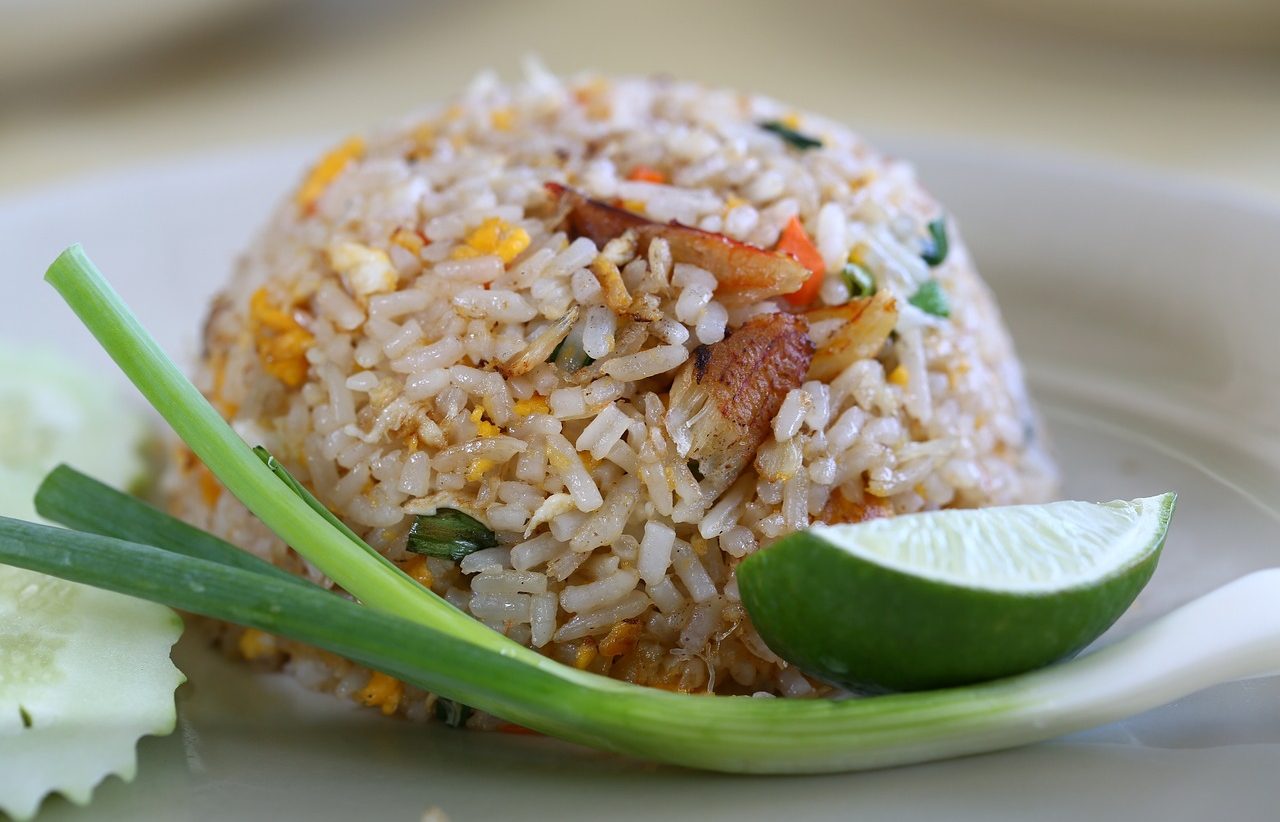
Rice is a very popular food.
Food is what living beings eat and drink for their subsistence . The term comes from the Latin alimentum and allows us to name each of the solid or liquid substances that nourish human beings , plants or animals.
Meats , dairy , grains , seeds , and seafood are foods. In the case of people, beyond satiating appetite and satisfying nutritional needs, personal and social issues come into play when choosing what to eat. Thus, there are individuals who opt for vegetarianism and decide not to eat meat and others who embrace veganism and do not eat any products of animal origin, for example.
Types of food
It is important to know that foods can be classified into several types. If we take into account their composition, we find two large groups:
- Organic foods , which provide vitamins , fats, carbohydrates and proteins.
- Inorganic foods , which provide trace elements, water and minerals; that is, they provide energy.
In the same way, we can classify foods based on their function within nutrition . In this way, we come across three different types:
- Building foods , which are rich in calcium and protein.
- Energy foods , which differ because they are very valuable in terms of fats and carbohydrates.
- Regulating foods , which are identified because they have significant levels of minerals, vitamins and trace elements.

Eating high-calorie foods can lead to overweight.
Other classifications
However, the most common and used classification of foods groups them according to their characteristics in groups such as:
- Cereals , tubers y legumes .
- Dairy , which provides a significant number of nutrients.
- Fish .
- Eggs .
- Meat , which together with fish and eggs is responsible for providing the human body with the proteins it needs.
- Fats y oils , donde se encuentran, por ejemplo, los frutos secos.
- Fruit y vegetables , que se identifican por su gran riqueza en cuanto a minerales y vitaminas.
- Sugars .
This classification is what is used when creating a healthy and balanced diet that provides the needs of each organism. Thus, for example, so that children can grow, it is recommended that their diet include meat, fish, eggs and legumes .
It is important to keep in mind that most food comes from animals ( beef , pork , fish , etc.) and vegetables ( fruits , vegetables ). There are, however, foods from other sources, such as certain mushrooms ( champignons , oyster mushrooms ).
Other classifications refer to processed foods , whole foods , and superfoods , among many other groups.

Condiments such as spices and aromatic herbs allow food to be seasoned.
Importance of food
Food allows the regulation and maintenance of metabolic functions . Without food, living beings cannot enjoy good health and are even likely to die.
Food, on the other hand, acts on a psychological level to provide satisfaction. In these cases, the food does not so much fulfill a nutritional function, but rather provides pleasure (as in the case of a hamburger or chocolate).
Nutrients are substances in food that are essential for the maintenance of living organisms thanks to their biochemical action. These nutrients provide energy and allow other vital substances to be metabolized. Vitamins , proteins , and carbohydrates are examples of organic nutrients, while water and minerals are inorganic nutrients.
If we think about fast food , such as hamburgers or sausages , they are usually eaten for pleasure or convenience since their nutritional contributions are little or none. Even excessive consumption is risky for health, contributing to overweight and obesity.
Cultural and symbolic considerations
Taboo foods are those that are not considered acceptable for consumption, whether for cultural or religious reasons. Beef is taboo by Hindus, while pork is a taboo food by Jews.
Cultural differences can be seen when knowing typical recipes of the gastronomy of different countries. In restaurants in many regions of China , for example, dishes based on dog meat are offered. This reality generates repulsion in Western countries, where most people consider that cooking a pet is an aberration.
In any case, surely the taboo food par excellence is human meat . Cannibalism has always been present in the world and in some tribes it is still practiced, although today killing a person to eat them is a crime . Of course, no one expects to find human meat in a supermarket. However, from a nutritional point of view, people are "prepared" to eat their neighbors, as extreme cases of survival such as the famous tragedy in the Andes in 1972 have demonstrated.
On the other hand, it should be noted that food, in a symbolic sense, can be anything that allows the existence of something to be maintained : "Coal is the food of fire" , "I believe that I subsist thanks to faith, which is the food that sustains me every day .
